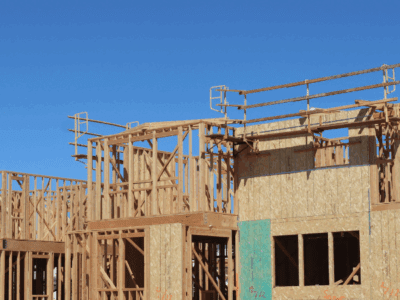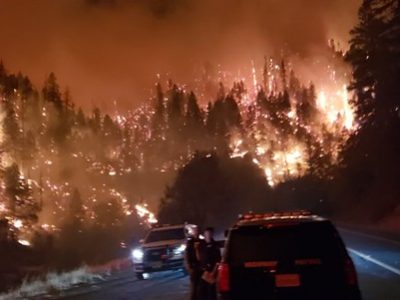Keynesian Mother Nature: The Case of Hurricane Sandy
My parents, my brother and his family are all getting ready to face Hurricane Sandy. Warned about the Storm’s likely path, they have taken a series of precautions. My parents have stocked up on supplies and won’t be leaving their 11th floor apartment for a day or two. They expect to lose electric power soon.
Viewing this anticipated shock as a research lab, I have a few questions. Given that tens of millions of people will be exposed to this risk, how much can self protection and government actions (such as warning people to go to higher ground and shutting the subways) reduce fatality risk? If 50 million people are affected and the net mortality risk goes up by .00001 per-capita, then we can expect that 500 people will die because of this event. That strikes me to be a big number.
Once Sandy has cleared, how much will each household have to pay in lost time, expenditure and annoyance to get back to normal? Will the rich or poor face higher costs? The rich have more stuff but they live in safer places and can afford to pay other people to fix stuff. Given that unemployment remains high, won’t this actually be a positive demand shock that Paul Krugman and Lord Keynes would applaud. Basic growth theory argues that bombings and other natural disasters accelerates economic growth because the capital stock (homes, buildings) must be rebuilt. Investment will rise because of this shock. To read some macroeconomics on this point, take a look at this.







Reader Comments